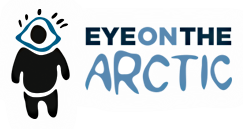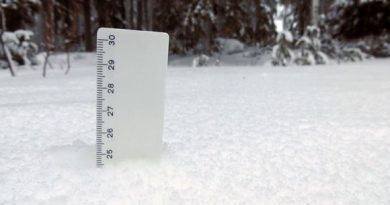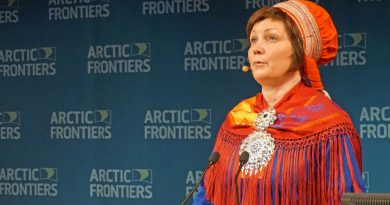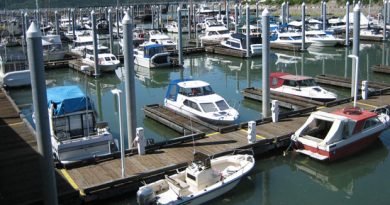Blog: Despite housing shortages, Greenland razes colonial apartment blocks

Denmark built dystopian skyscrapers in the Arctic. The Government of Greenland is tearing them down.
Colorful houses. Monumental icebergs. Sturdy igloos. These are the structures for which Greenland is famous. But in Nuuk, the ones that leave the biggest impression are the block apartments.
After the Second World War, the Danish colonial government began seeking to permanently settle Greenland’s once semi-nomadic population. For centuries, multigenerational Inuit families lived in houses that could accommodate up to ten people, typically built out of sod and sometimes even whale bone. Igloos, despite being the exemplar of Arctic architecture, were only used in Greenland’s far north.
Beginning in the 1700s, some Greenlanders began living in colonial wooden housing erected by the Danes. Hans Egede, the priest and missionary, built his first house in Godthåb, later Nuuk, in 1728. Yet building styles brought from Denmark’s milder climes were not always adequate in foggy, frigid Greenland. Mold and rot were a problem in wooden, poorly ventilated structures. As housing grew crowded, tuberculosis – a disease introduced by the Danes – ran rampant, causing a third of all deaths. In 1952, the highest rate of tuberculosis ever observed in a single population worldwide was reached among Inuit in Greenland, at 2.2%.
In 1950, the Copenhagen-controlled Ministry of Greenland formed the Greenland Technical Organisation (GTO) to “solve” all manner of societal problems in in a technocratic fashion, including disease and poor housing. From 1950 to 1965, as part of the Danish government’s G-50 plan to modernize Greenland, the GTO built wooden, single-family homes across Greenland’s many settlements.
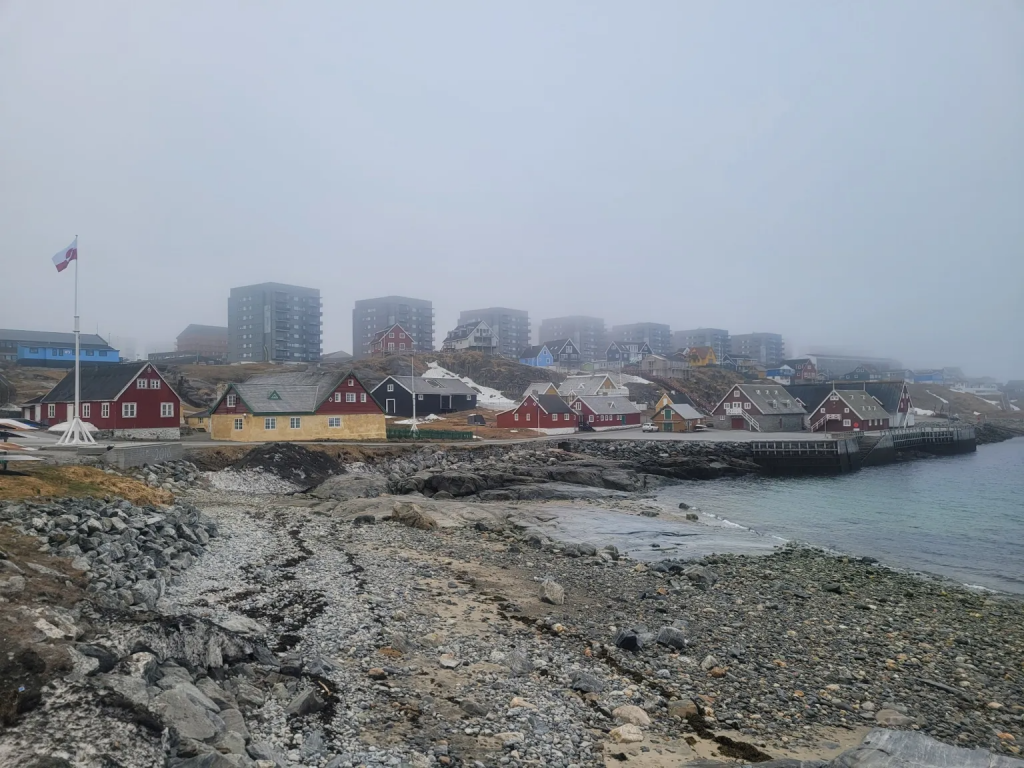
Then, in the 1960s, the Danish colonial government began remaking Greenland in not its own image, but a more Soviet one. The idea was to centralize and urbanize Greenland’s population by shutting down small settlements unviable in a market economy and moving their residents into larger settlements such as the capital, where they could work in the growing commercial fishing industry. To accommodate all of these people, the GTO began building multi-story monstrosities.
The most infamous among them was Block P. The five-story, 200-meter building, which housed hundreds of apartments, was designed on a scale that would not have made any sense in densely populated Denmark, let alone Greenland. Block P, which housed one percent of the country’s population, was so large that it blocked northerly winds from the buildings behind it. When it was razed in 2012, the cold winds once again blew through the neighborhood.
Block P and other similar buildings built by the GTO had hot and cold running water, toilets, and central heating. All of these amenities helped to reduce mortality and illness. But as Norwegian geographer Tone Huse writes, these facilities had miniscule kitchens and “little or no space for preparing and storing desired Kalaallit foods, like different types of whale, fish, bird, berries, reindeer and, not the least, seal.” Blood and fish guts frequently clogged the drains, as architect David Garcia explains, since the only reasonable place to fillet fish was the bathtub.
Other problems were more serious than bad plumbing. Some government official contended that moving thousands of people from rural settlements, where they had led subsistence lifestyles, and thrusting them into crowded apartment buildings in the middle of a fast-growing city would spur social ills. Despite being Greenlandic, Nuuk in many ways has a layout and rhythms that will be more familiar to someone from Copenhagen than Qaanaaq. Colonialism severed people from their ways of life while inserting them into a foreign landscape erected right on their own terrain.

Diseases like tuberculosis may have been reduced, but rates of alcoholism and suicide began soaring in the 1950s. It is hard to say if the housing policy was specifically responsible for these problems. Some Greenlanders who lived in Block P, for instance, recall it as a nice place. But on the whole, from both the outside and inside, Block P was a terrible fit for Greenlanders’ needs.
When Greenland obtained Self Rule in 2009, one of the first decisions the government made was to raze Block P, which had sat right in the city center. As Tove Maurtvedt writes, its demolishing three years later represented a “paradox” due to the city’s severe lack of housing. But these relics of colonialism must go. Across Greenland, despite the lack of accommodation, the government continues to dismantle the work of the Danes, housing shortages be damned. At the end of May in Paamiut, a town of 1300 people in southwest Greenland, some multi-story apartment blocks were torn down.
Still, many block apartments remain in settlements across Greenland. The hulking structures often dominate the landscape, creating an ambience of Nordic noir meets Blade Runner. Faroese anthropologist Firouz Gaini observes that “the urban design and architectural make-up of Nuuk still seems [sic] as disconnected from the old Inuit’s habitat as Dubai’s glittering skyline is from the modest tents of the Arab Bedouins of the surrounding desert.” Sailing around the rocky coastline one evening, I stared at the residential monoliths standing like sentries on the shore, some of their residents probably gazing back out at me.
But Greenlanders have done a lot to make the alien buildings home. I visited my friend’s apartment inside one of the newer multi-story buildings in Nuuk, and it was richly decorated. The kitchen wall was painted with bright green ulus (a crescent-shaped Inuit knife). Colorful art from Greenland and around the world filled the apartment, which looks out over the sea, with a warm and vibrant ambience.
Elsewhere, on the outside, some have taken to graffitiing the apartment blocks with calls for social justice, such as “Free Palestine.”
In Sisimiut, Greenland’s second-largest settlement with approximately 5,500 people, larger-than-life paintings of local animals like muskox and caribou animate the façades of block apartment buildings. On sunny days, above residents’ wooden balconies, clothes hang out to dry in the breeze coming off the sea. They are almost always black, the color de rigueur of Greenlanders, it seems. In front of the building entrance, parka-clad Elders sit and catch up with neighbors over a cigarette. Husky dogs doze in the sun.
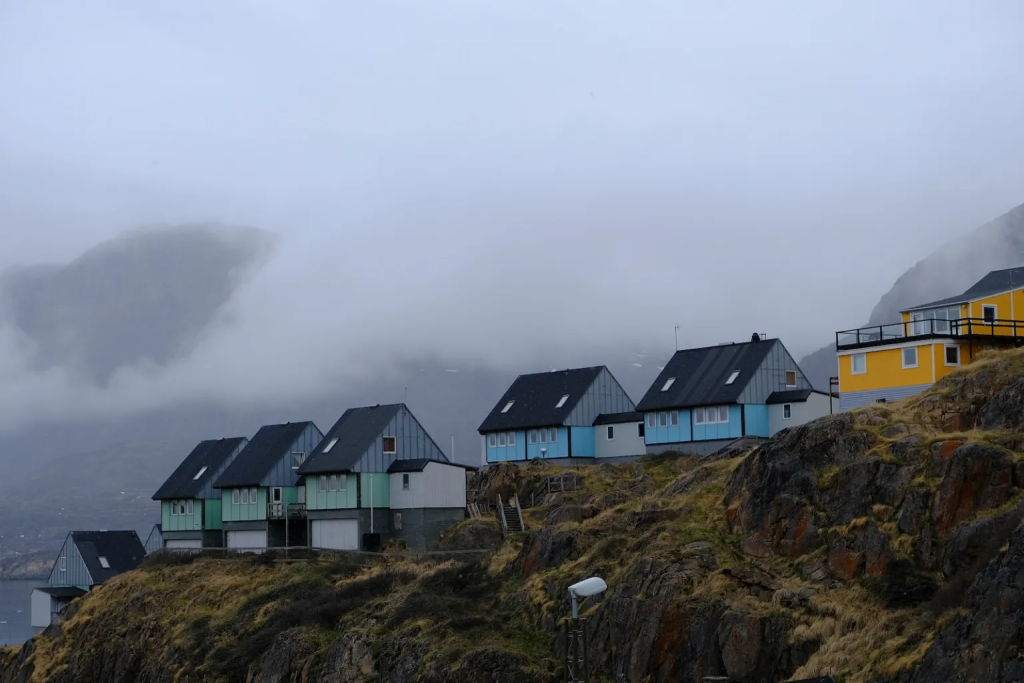
In Nuuk today, cranes tower over the landscape, struggling to keep up with housing demand. Waiting lists to rent a state-owned apartment can be over 15 years long. There is a private market, but it is expensive. Many apartments are rented to companies so that they can provide housing to their employees. This makes it nearly impossible for someone from a rural settlement to move to Nuuk in the hopes of finding a job.
In just three days, United Airlines will launch its new direct route from New York to Nuuk. American tourists expecting the charming streets of Reykjavik, lined with bakeries and coffee shops, will not find what they are looking for. In the Greenlandic capital, homelessness is rising, and the scars of colonialism are evident. Several of the block apartments still standing show signs of poor maintenance on the outside. But they are also remarkable feats of engineering, perched on stilts drilled into the ancient bedrock. Greenland’s geology is some of the oldest on earth. The Isua Greenstone Belt some 150 kilometers northeast of Nuuk has rocks that are up to 3.8 billion years old.
Promisingly, Nuuk bears signs of urban renewal and an architecture that reflects the local culture. Just down the street from the Hotel Hans Egede, named after the Danish priest, a new school for children from primary through upper secondary school is being built based on designs by Copenhagen-based KHR Architecture. The firm also drew up the plans for the Ilimmarfik campus of Ilisimatusarfik (the University of Greenland), which opened in 2009 on the outskirts of town, overlooking the iceberg-flecked Nuuk Kangerlua fjord.
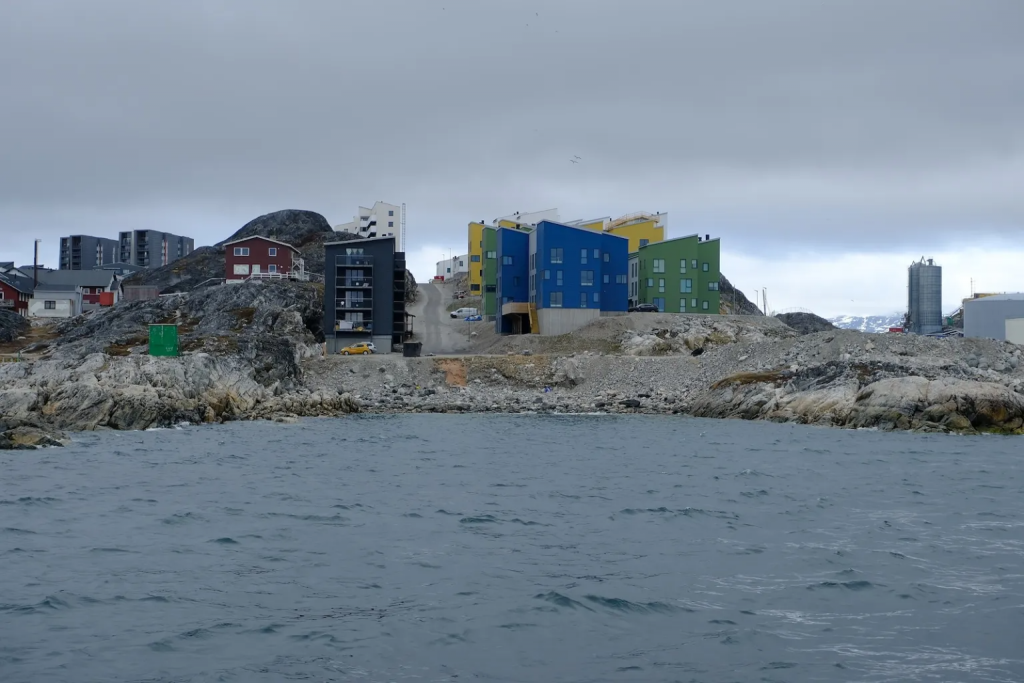
The style of the new school, called Atuarfik Inussuk (meaning “School Cairns,” to reflect the stepping stones of a child’s educational journey), fits the local environment better than the 1960s-era Brutalist apartment buildings. Still, the facility contains a great amount of wood brought in by cargo ships from the south. Etchings of animals native to Greenland, like birds and wolves, grace the side of the building in red and orange. On the sidewalk are etched the names of places far away, like New York and Copenhagen.
In a country that suffers from brain drain, the place names invite students to dream of distant lands. Yet a little ways away across the Atlantic in another former Danish colony, the Faroe Islands, the population has grown 25 percent after cratering in the 1990s due to the collapse of fisheries. Buoyed by economic growth – much of it driven by tourism – cultural pride, and new submarine tunnels that link nearly all of the archipelago’s islands together, young Faroese are moving back from Denmark.
The Faroes show that it is possible to turn things around. As Greenland seeks to welcome the world to its icy doorstep, if things go well, growth – and, crucially, added mobility – could possibly bring back many Greenlanders who have decamped for greener pastures. While there will soon be more flights to the rest of the world, whether there will be enough housing – that which is culturally and environmentally appropriately, no less – is another question.
This post first appeared on Cryopolitics, an Arctic News and Analysis blog.
Related stories from around the North:
Canada: Lack of housing for builders delays construction of new daycare in Sanirajak, Nunavut
